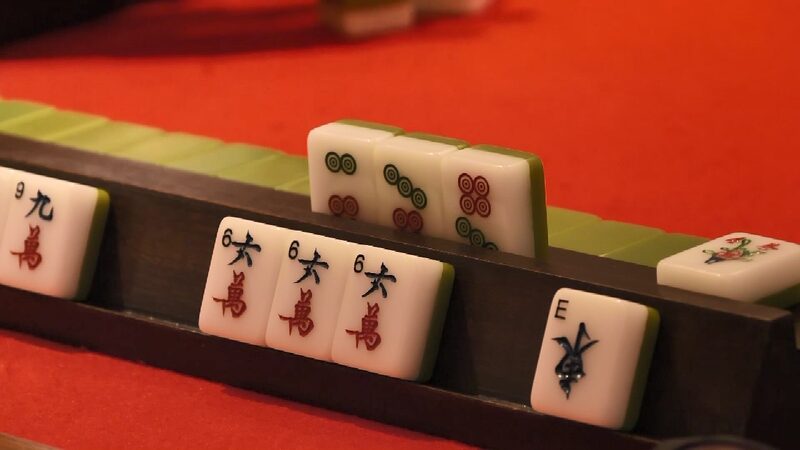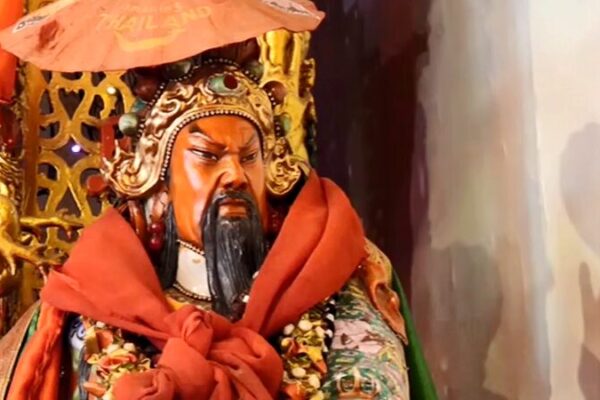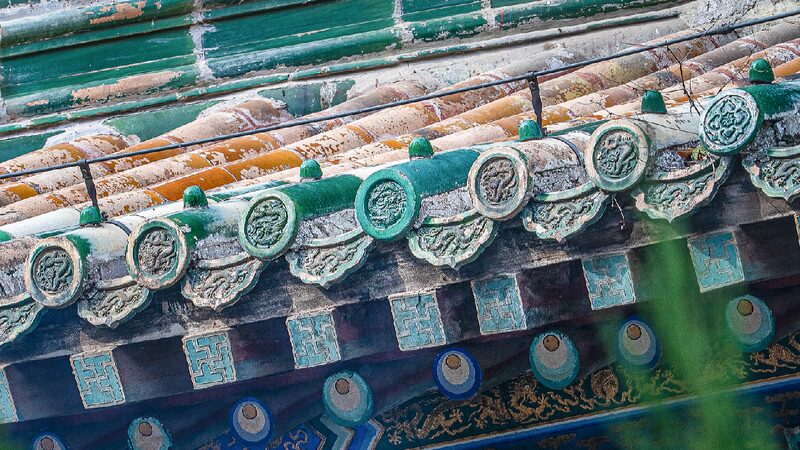The clattering of tiles and enthusiastic chatter fill a cozy café in Mumbai, where a group of young enthusiasts gather around a table. They’re not playing the latest video game or card game. Instead, they’re engrossed in Mahjong, the ancient Chinese game that’s capturing the imagination of India’s youth.
“I stumbled upon Mahjong online and was immediately fascinated by its complexity and beauty,” says Ananya Sharma, a 22-year-old student. “It’s not just a game; it’s a cultural experience.”
Originating in the 19th century in China, Mahjong has been a cornerstone of Chinese culture, symbolizing family, tradition, and destiny. The game is played with a set of 144 tiles based on Chinese characters and symbols, requiring strategy, skill, and a bit of luck.
In recent years, Mahjong clubs have popped up across major Indian cities like Delhi, Mumbai, and Bengaluru. These clubs offer workshops and weekly game nights, introducing the game to a new generation eager to explore and connect with different cultures.
“Mahjong brings people together,” notes Raj Patel, founder of the Mumbai Mahjong Club. “It’s amazing to see players from diverse backgrounds learning and enjoying the game together.”
Social media has played a significant role in spreading Mahjong’s popularity. Online tutorials, live streams, and mobile apps make it accessible to anyone interested. For many, it’s a refreshing change from digital gaming, offering face-to-face interaction and a chance to unplug.
“In a world dominated by screens, Mahjong offers real human connection,” Ananya adds. “It’s become a weekly tradition among my friends.”
As Mahjong continues to gain momentum in India, it not only entertains but also fosters cultural exchange and understanding. This ancient game is bridging gaps and building friendships, tile by tile.
Reference(s):
cgtn.com








